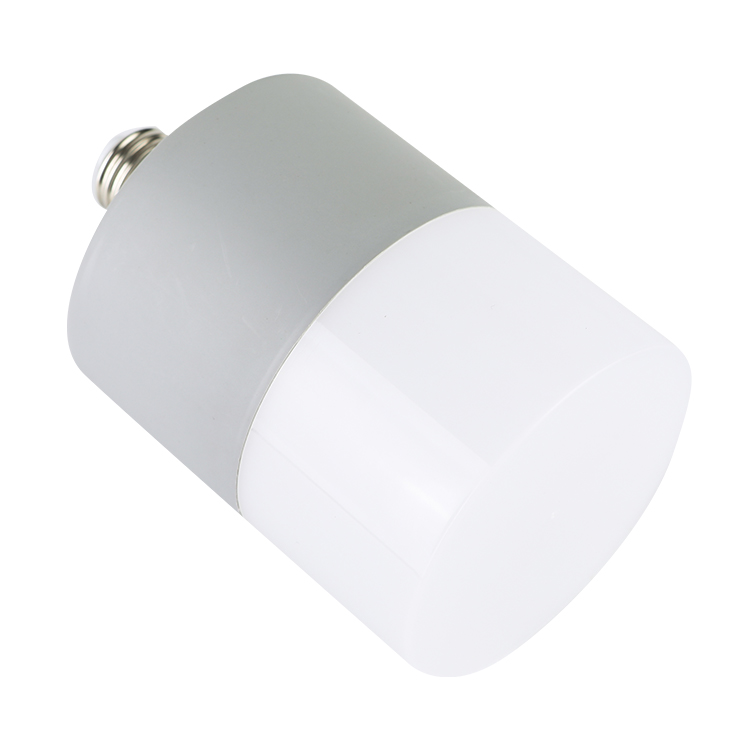Lighting plays a significant role in healthcare settings, influencing patient comfort, recovery, and overall well-being. The introduction of LED bulbs has revolutionized healthcare lighting design, offering benefits that align with patient-centric care, energy efficiency, and healing environments. In this blog post, we explore how LED bulbs are transforming healthcare spaces and contributing to improved patient experiences.
Patient Comfort: LED bulbs with warm color temperatures create a calming and comfortable atmosphere for patients.
Circadian Rhythm Support: LED bulbs with tunable lighting mimic natural daylight, promoting healthy sleep-wake cycles for patients.
Reduced Disruption: LED bulbs’ long lifespan minimizes maintenance disruptions in healthcare settings.
Task-Specific Lighting: LED bulbs provide focused illumination for medical procedures, examinations, and caregiving tasks.
Infection Control: LED bulbs with germicidal UV-C capabilities contribute to infection control protocols in healthcare facilities.
Healing Environments: LED lighting design contributes to creating soothing and supportive healing environments for patients.
Energy Efficiency: LED bulbs consume less energy than traditional lighting, leading to cost savings for healthcare institutions.
Staff Well-Being: Adequate lighting supports healthcare professionals’ tasks and well-being, contributing to quality patient care.
Sustainable Healing: Adopting LED bulbs reflects healthcare facilities’ commitment to sustainable and patient-centered care.
Positive Patient Outcomes: Thoughtful LED lighting design positively influences patient experiences and recovery processes.
The integration of LED bulbs in healthcare lighting design underscores the industry’s commitment to patient comfort, well-being, and holistic healing experiences.























